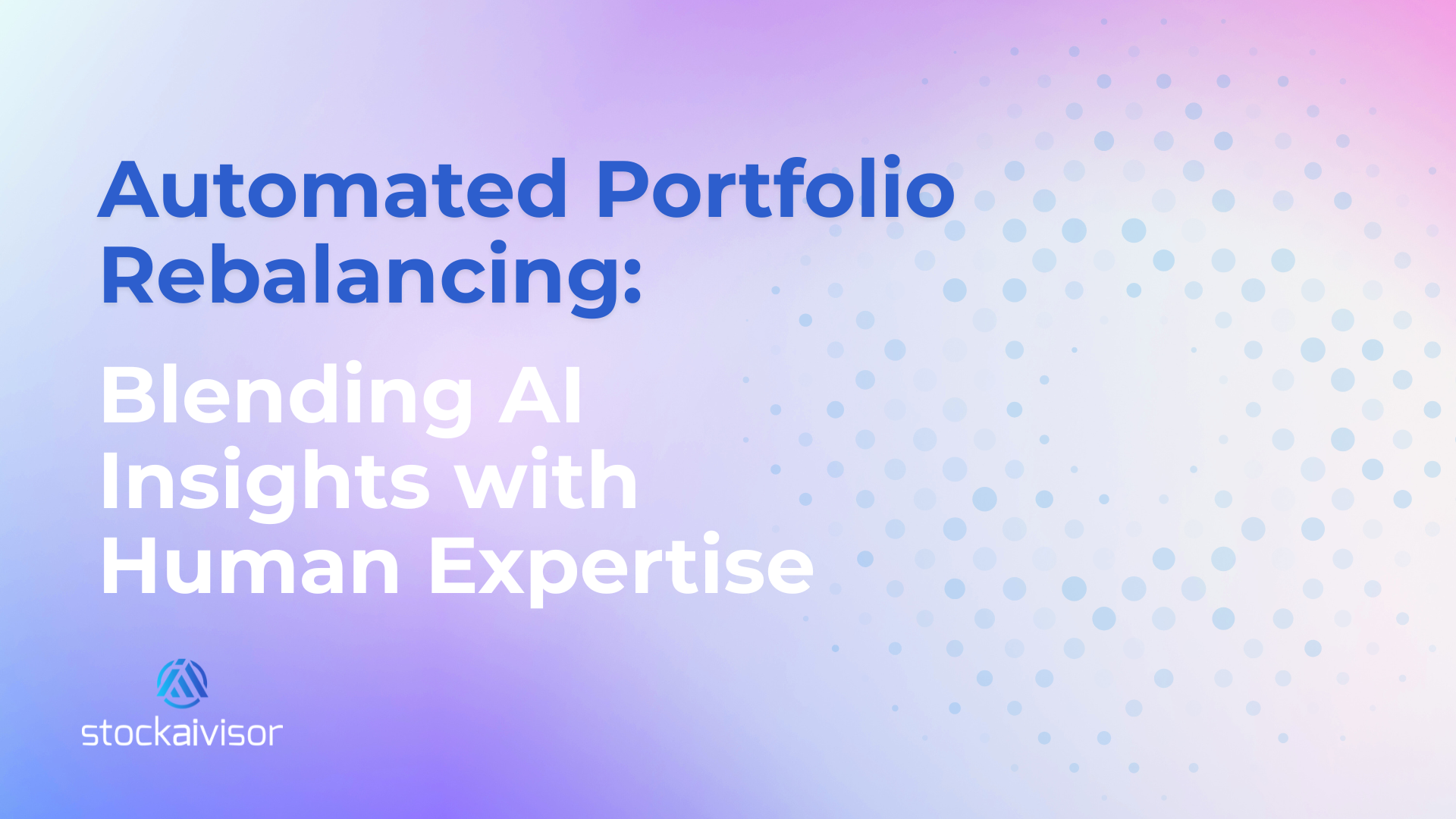
Automated Portfolio Rebalancing: Blending AI Insights with Human Expertise
Maintaining a balanced investment portfolio isn’t a “set-it-and-forget-it” task. Over time, market fluctuations can shift your asset allocation—exposing you to unintended risk or missed opportunities. This is where portfolio rebalancing comes in: the process of adjusting your holdings to match your original or updated investment goals.
Traditionally, rebalancing was done manually—quarterly or annually—by investors or advisors. Today, AI-powered tools and robo-advisors have revolutionized this process, enabling real-time, automated rebalancing based on individual goals, risk tolerance, and market changes.
How AI Automates the Process
Modern platforms like Wealthfront, Betterment, and BlackRock’s Aladdin use machine learning and rule-based algorithms to monitor portfolio drift—the deviation from your target allocation. When thresholds are breached (e.g., equities rise too far above your target), the system automatically sells or buys assets to restore balance.
For example, a 2023 research paper in The Journal of Financial Data Science found that algorithmic rebalancing using reinforcement learning achieved better risk-adjusted returns than traditional calendar-based strategies. These AI systems can also optimize for tax efficiency, harvest losses, or consider ESG preferences.
Platforms like Stockaivisor take this a step further by incorporating predictive analytics. They use AI to forecast potential returns and adjust rebalancing frequency based on market volatility, offering a dynamic and personalized investing experience.
The Role of Human Expertise
Despite the precision and speed of automation, human insight remains essential. While AI can spot patterns and execute trades, it lacks the judgment needed for nuanced decisions—like how to react to macroeconomic shifts, regulatory changes, or personal financial goals.
Advisors and investors still play a critical role in:
- Setting and updating investment objectives
- Evaluating qualitative risks AI might miss
- Managing behavioral factors (e.g., avoiding panic-selling)
As Vanguard points out in a 2022 white paper, human guidance is especially crucial during periods of extreme volatility, when automated models may overreact or underreact to market anomalies.
A Hybrid Future
The most effective investing approach blends the strengths of both: AI handles the mechanics and monitoring, while humans bring context and judgment. Hybrid models are gaining popularity, with advisory firms integrating robo-rebalancing tools into their broader wealth management services.
That said, relying solely on automation can be risky. Overfitting to historical data, misinterpreting rare events, or ignoring non-quantifiable risks can result in poor outcomes.
Conclusion
Automated portfolio rebalancing is no longer a futuristic idea—it’s a reality powering smarter, more responsive investment strategies. But the sweet spot lies in collaboration. By blending AI’s analytical speed with human strategic thinking, investors can achieve better balance—not just in their portfolios, but in how they approach the markets.
